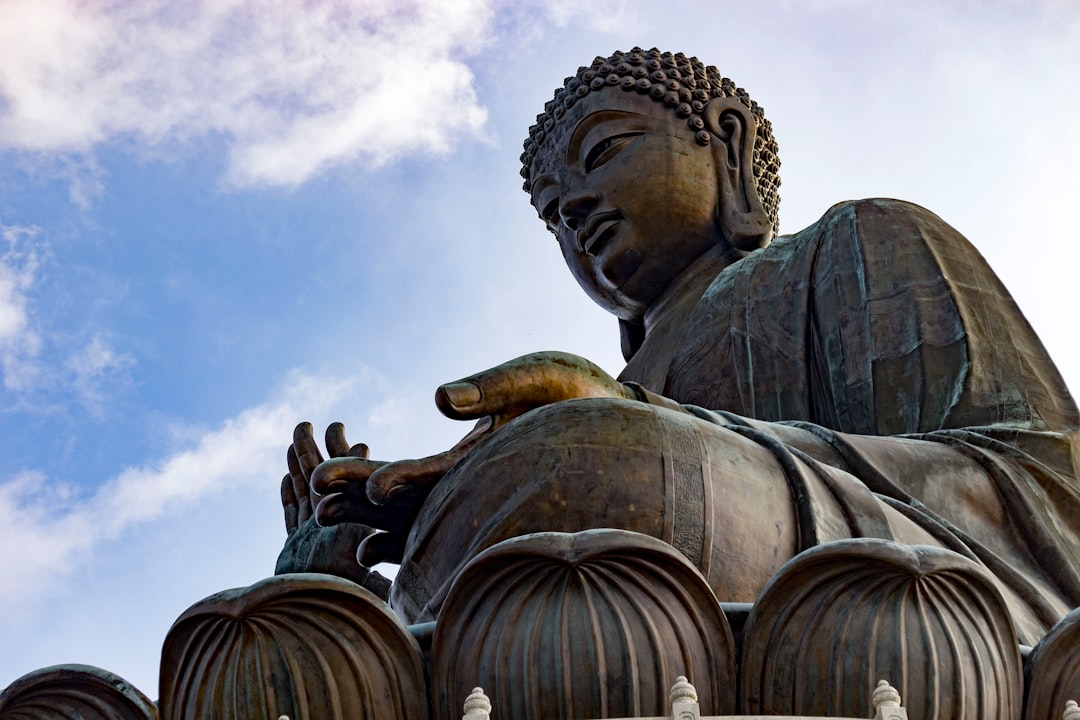What is it about?
This article addresses the question concerning whether the current milieu comprehended by Wicca, Goddess Spirituality and reconstructed forms of Druidry, Celtic Mysteries and Asatru among others is a new religious culture? As part of the methodological examination of the issue of culture creation, the artificial origins of Shinto by Meiji Japan can be compared with today's Anglo-American pagan attempts toward resacralizing the natural world. New developments in religious pagan practice include the invocation of the guardians of the four directions as found among both large-scale gatherings such as the pan-British Pagan Federation and small-scale private household worship such as in a London-Brixtonian Imbolc ceremony. Despite the growing multifacetedness of Western pagan sectarianism (chaos and thelemic magic, urban shamanism, wicca and even new age), an emergent ecologically based sacrality can be observed which cuts across these many divides. The so-called `eco-magick' movement known as Dragon in the United Kingdom and abroad is one recent quasi-institutionalized example. Dragon's involvement with the protest against the Newbury by-pass further illustrates the potential for religio-cultural conflict and dissenting identity within non-traditional understandings of the sacred.
Featured Image
Why is it important?
There is little or no evidence that modern earth spiritualities and related traditions in the West are anything but contemporary creations. Instead, the present-day Neo-pagan movement can be seen as a multiple conflation of numerous traditions or sources, many of which were patently contrived or even erroneous. Part of the impetus of modern witchcraft stems from the nineteenth century ideas proposed or imagined by two Germans, Karl Ernest Jarcke and Franz Joseph Mone, and the French writer Jules Michelet alleging that the victims of the 'witchcraft' persecutions during the middle ages were the survivors of the pre-Christian religion of Europe. The 'classic' formulation of the Great Witch Hunt thesis was subsequently developed by the Egyptologist Margaret Alice Murray (d. 1963). Employing highly selected and manipulated evidence, she contended that the witch-persecutions represented the extermination of the remnants of European paganism. This issue and the history behind it are important in understanding the foundations of contemporary Western paganisms. Are they legitimate and does it matter if they are not?
Read the Original
This page is a summary of: Invented Culture/Invented Religion: The Fictional Origins of Contemporary Paganism, Nova Religio The Journal of Alternative and Emergent Religions, October 1999, University of California Press,
DOI: 10.1525/nr.1999.3.1.135.
You can read the full text:
Contributors
The following have contributed to this page










